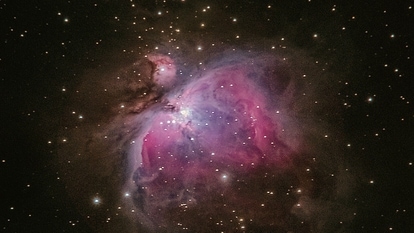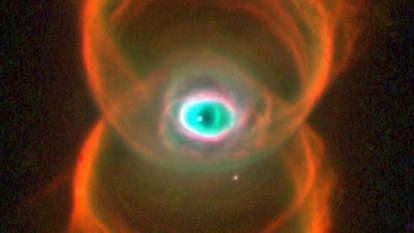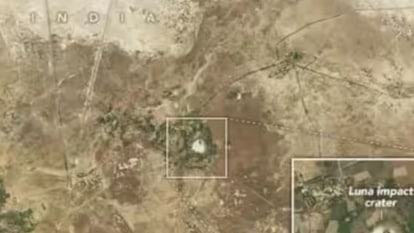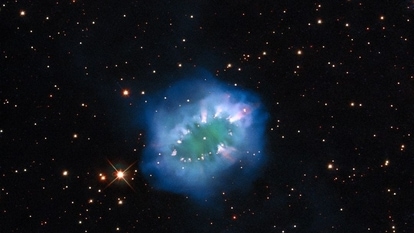Shocking Supernova! 850-year old star explosion baffles scientists
A rare firework display from an 850-year-old star explosion has shocked scientists.
_1652862195879_1659421097075_1659421097075.jpg)
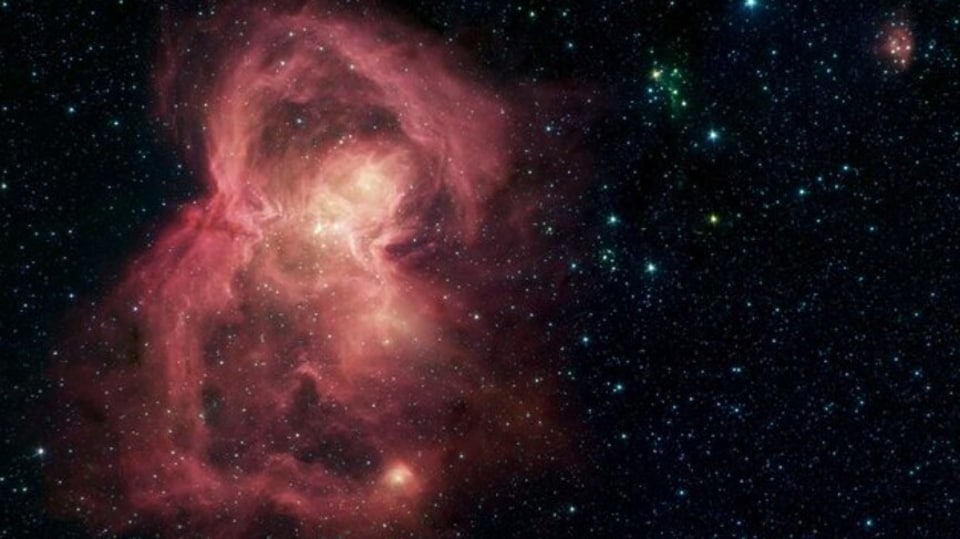
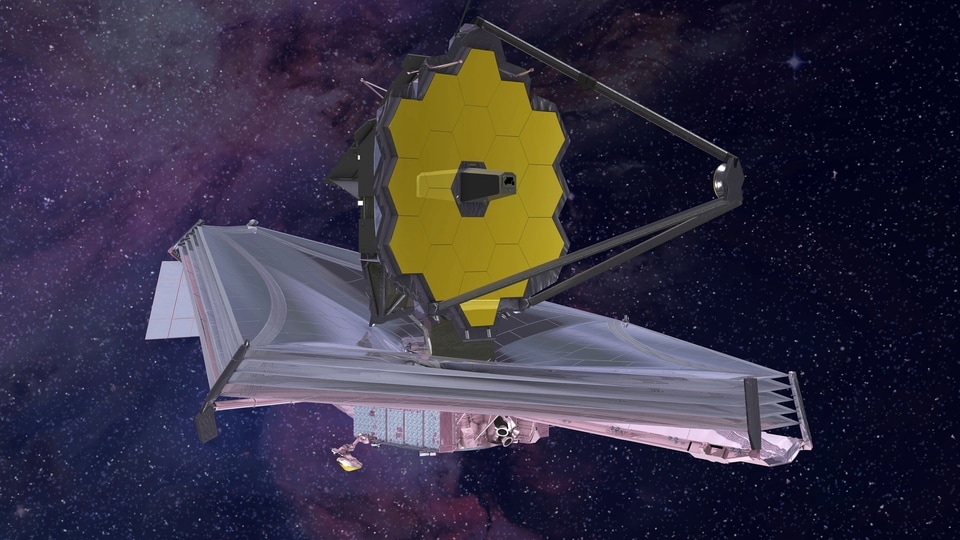
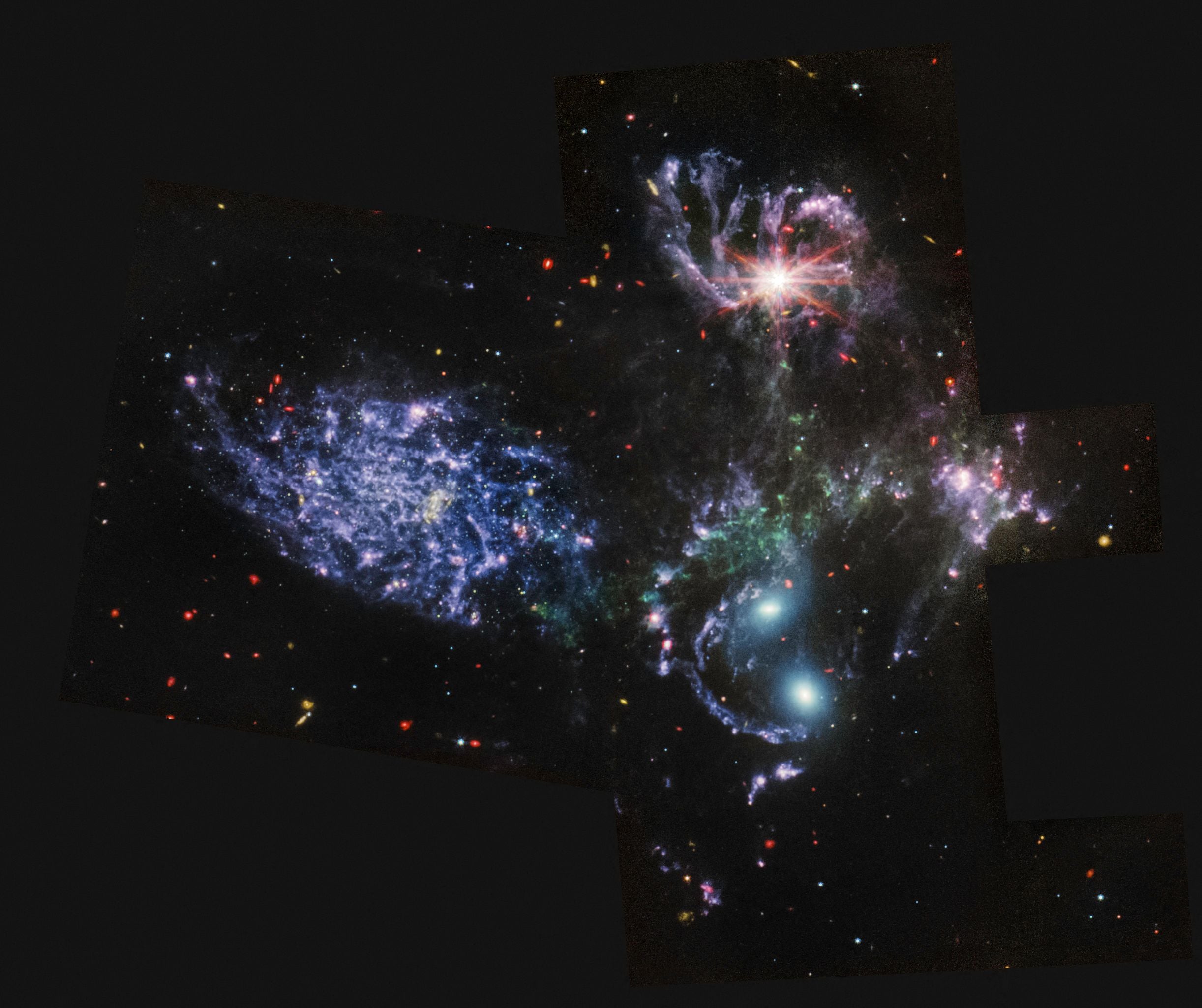
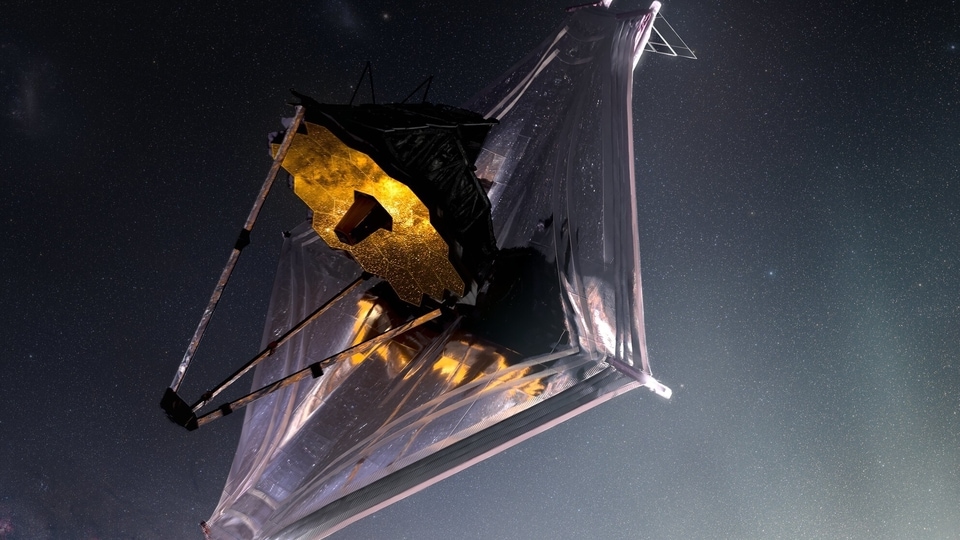
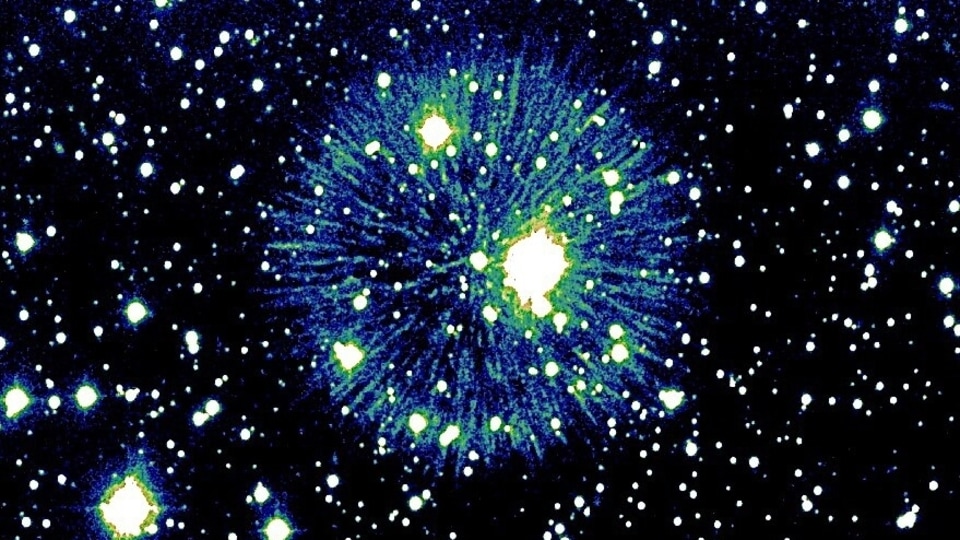
 View all Images
View all ImagesA supernova is a super-powerful explosion of a massive dying star. It is extremely bright. A supernova usually spews out dust and gas, but in a strange event, a new one has been found that looks totally different. In fact, it looks like a fireworks display! Astronomer Robert Fesen, from Dartmouth College of New Hampshire, who snapped the remnant last year, found an unusual cosmic firework display around the Supernova and he told Nature, “I have worked on supernova remnants for 30 years, and I've never seen anything like this."
The study says that the earlier star had a surface temperature of 200000 kelvin, Nature report mentioned. The Pa 30 remnant is the aftermath of a supernova which happened some 850 years ago.
Robert Fesen along with other authors of the study published in arXiv revealed, "newly recognized young Galactic SN remnant, Pa 30 (G123.1+4.6), centered on a hot central star with a ~16,000 km/s wind velocity has recently been proposed to be the result of a double-degenerate merger leading to a SN Iax event associated with the guest star of 1181 CE."
What is the reason behind the unusual firecracker appearance of the supernova remnant? The study says it may be due to the “photoionization of wind-driven ejecta due to clump-wind interactions caused by the central star's high-luminosity wind..”
Tech behind Supernova detection
The study of supernovas can reveal some unknown facts about the universe. To identify them, NASA scientists use a number of telescopes. One of these is the NuSTAR (Nuclear Spectroscopic Telescope Array) mission, which uses X-ray vision to explore the universe. NuSTAR helps scientists to observe supernovas and young nebulas to learn more about what happens leading up to, during, and after these spectacular blasts.
NASA captured what may have been the brightest explosion ever recorded of a supernova last October when huge amounts of radiation hit Earth. It was captured by NASA's Fermi Gamma-ray Space Telescope and some others. The explosion was recorded as being 1.9 billion light years away. The explosion has been called GRB 221009A.
Catch all the Latest Tech News, Mobile News, Laptop News, Gaming news, Wearables News , How To News, also keep up with us on Whatsapp channel,Twitter, Facebook, Google News, and Instagram. For our latest videos, subscribe to our YouTube channel.



